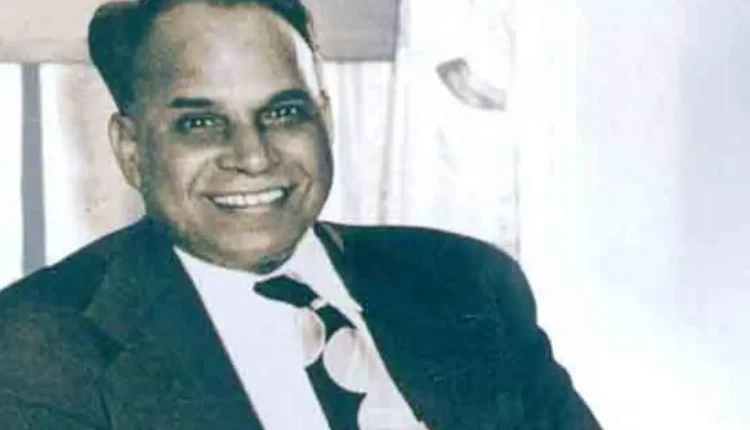Yellapragada Subbarow was not just a name; it was a beacon of innovation and perseverance in the realm of biochemistry. Born on January 12, 1895, in Bhimavaram, India, Subbarow’s life was a testament to human resilience and the relentless pursuit of knowledge.
Early Life and Education of Yellapragada Subbarow
Despite facing adversities early on, including the tragic loss of his elder and younger brothers to tropical sprue, Yellapragada Subbarow remained undeterred in his quest for education. His schooling in Rajahmundry was marked by turmoil, yet he eventually matriculated from the Hindu High School in Madras, showcasing his unwavering determination.
His journey continued at the Madras Medical College, where Yellapragada Subbarow embarked on a path that would shape the future of medical science. Despite encountering obstacles, such as wearing khadi surgical dress in solidarity with Gandhi’s call for boycotting British goods, Subbarow’s intellect and passion propelled him forward.
Career Trajectory
Yellapragada Subbarow’s foray into the world of biochemistry commenced at Harvard Medical School, where he collaborated with Cyrus Fiske to develop the Fiske-Subbarow Method, a groundbreaking technique for estimating phosphorus in body fluids and tissues.
His seminal discoveries, including the elucidation of the role of phosphocreatine and adenosine triphosphate (ATP) in muscular activity, laid the foundation for modern biochemistry.
After failing to secure a permanent faculty position at Harvard, Subbarow joined Lederle Laboratories, where he embarked on a journey of innovation and discovery.
His pioneering work led to the synthesis of folic acid and the development of methotrexate, a cornerstone in cancer chemotherapy. Additionally, his efforts culminated in the identification of diethylcarbamazine as a treatment for filariasis, underscoring his commitment to advancing global health.
Legacy and Impact
Despite facing professional setbacks and encountering jealousy from peers like Cyrus H. Fiske, Subbarow’s legacy endures as a testament to human ingenuity and perseverance. His contributions to medicine and biochemistry have saved countless lives and continue to inspire future generations of scientists.
Subbarow’s impact extends beyond the confines of laboratories and textbooks. His name graces a street in his hometown of Bhimavaram, a poignant reminder of his enduring legacy.
Furthermore, his influence reverberates through the scientific community, with a fungus genus and a species of jumping spider bearing his name—a fitting tribute to a man who transcended boundaries in his pursuit of knowledge.
In the words of Doron K. Antrim, “You’ve probably never heard of Dr. Yellapragada Subbarow. Yet because he lived, you may be alive and well today. Because he lived, you may live longer.” Indeed, Subbarow’s impact on humanity is immeasurable, a testament to the transformative power of curiosity and dedication.
Also Read:Yasir Nadeem al Wajidi: Inspiring Scholar, Author, and Activist

